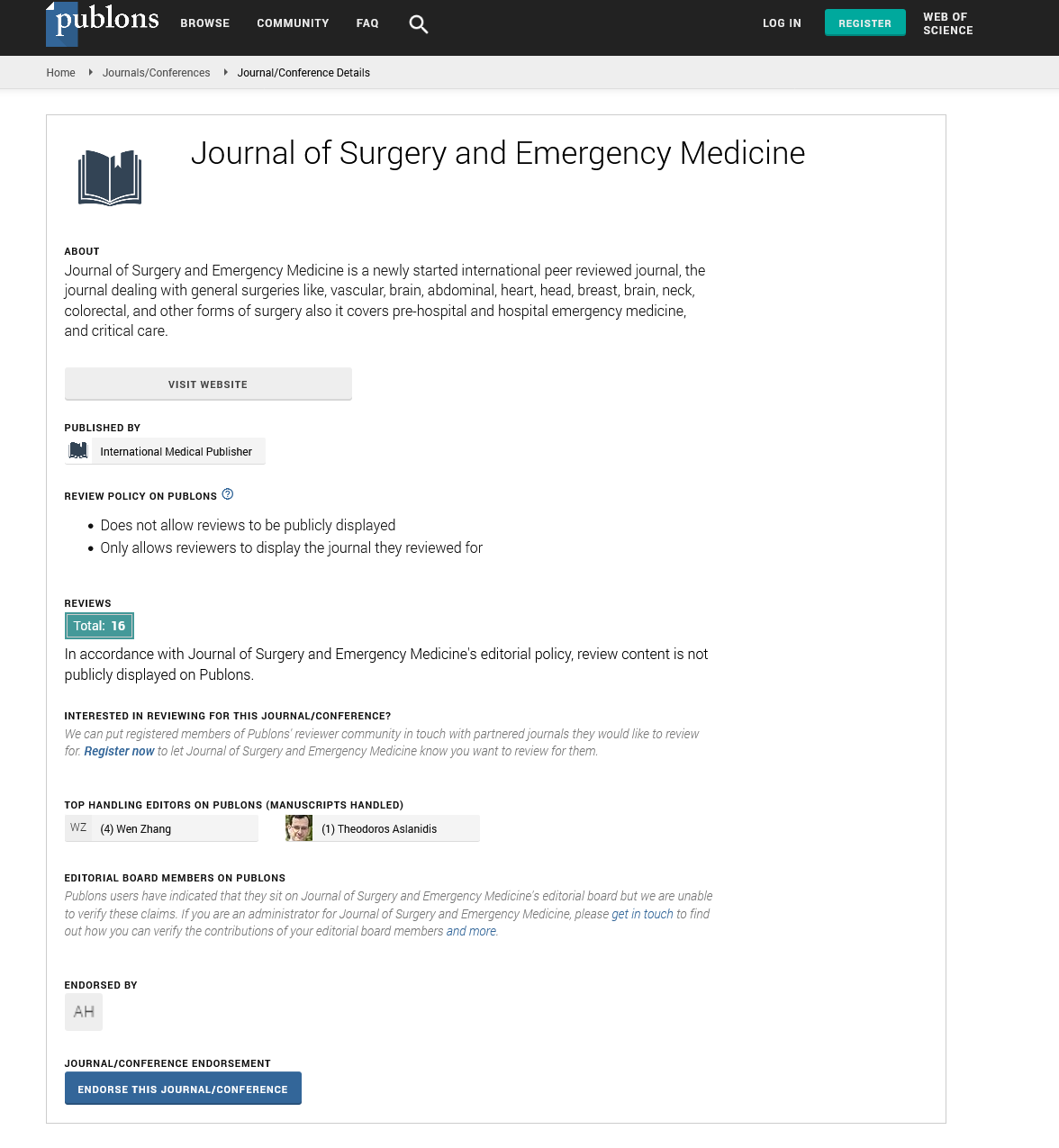Abstract
Evaluation of Heavy Metal Pollutants in Salt and Seawater under the Influence of the Lyari River and Potential Health Risk Assessment
Heavy metals intoxication through edible salt poses serious health hazards. The conducted research assessed the levels of heavy metals, health risks of salt samples, and the pollution index of seawater obtained from saltpans located at Sandpit, Karachi, Pakistan, which receive untreated effluents through the Lyari River. Seawater (n =27) and salt samples (n = 27) were prepared for the detection of Al, Cd, Pb, Cr, Fe, Cu, Hg, Ni, As and Zn through atomic absorption spectroscopy, mean concentrations ± S.D (mg/mL) were compared with the National Environmental Quality Standards, Pakistan. The levels of Cr (40.06 ± 0.21) were the highest followed by Fe (39.77 ± 0.08) >As (25.12 ± 0.21) >Ni>Pb>Al>Hg>Zn>Cd>Cu. In sea salt (Mean ± S.D mg/Kg), the Cr (47.79 ± 0.19), Fe (47.5 ± 0.15), As (30.62 ± 0.22), and Ni were redundant elements followed by Al>Pb>Hg>Zn>Cu>Cd. The water comprehensive pollution index was 1000 times greater than the critical values. The single factor pollution index was highest for Hg (1321), followed by Cr (40), Ni (36), Pb (32), Al (31.4), Cd (31.3), and As (25). Health risk assessment indices (from salt samples), including target hazard quotient (THQ) for As, Pb, Al, Hg, and Cr were two to six times higher than the noncarcinogenic THQ reference range Similarly, the hazardous index indicated that salt was 20 times hazardous (HI = 20.29), and the carcinogenic rate index for the heavy metals Cd, As, Cr, and Ni was above the reference CR value i.e., 1 × 10-4. In conclusion, the experimental and theoretical approaches recommend that the use of contaminated salt may impart health hazards.
Author(s): Malik Wajid Hussain Chan
Abstract | Full-Text | PDF
Share This Article
Google Scholar citation report
Citations : 131
Journal of Surgery and Emergency Medicine received 131 citations as per Google Scholar report
Journal of Surgery and Emergency Medicine peer review process verified at publons
Abstracted/Indexed in
- Google Scholar
- Publons
Open Access Journals
- Aquaculture & Veterinary Science
- Chemistry & Chemical Sciences
- Clinical Sciences
- Engineering
- General Science
- Genetics & Molecular Biology
- Health Care & Nursing
- Immunology & Microbiology
- Materials Science
- Mathematics & Physics
- Medical Sciences
- Neurology & Psychiatry
- Oncology & Cancer Science
- Pharmaceutical Sciences
